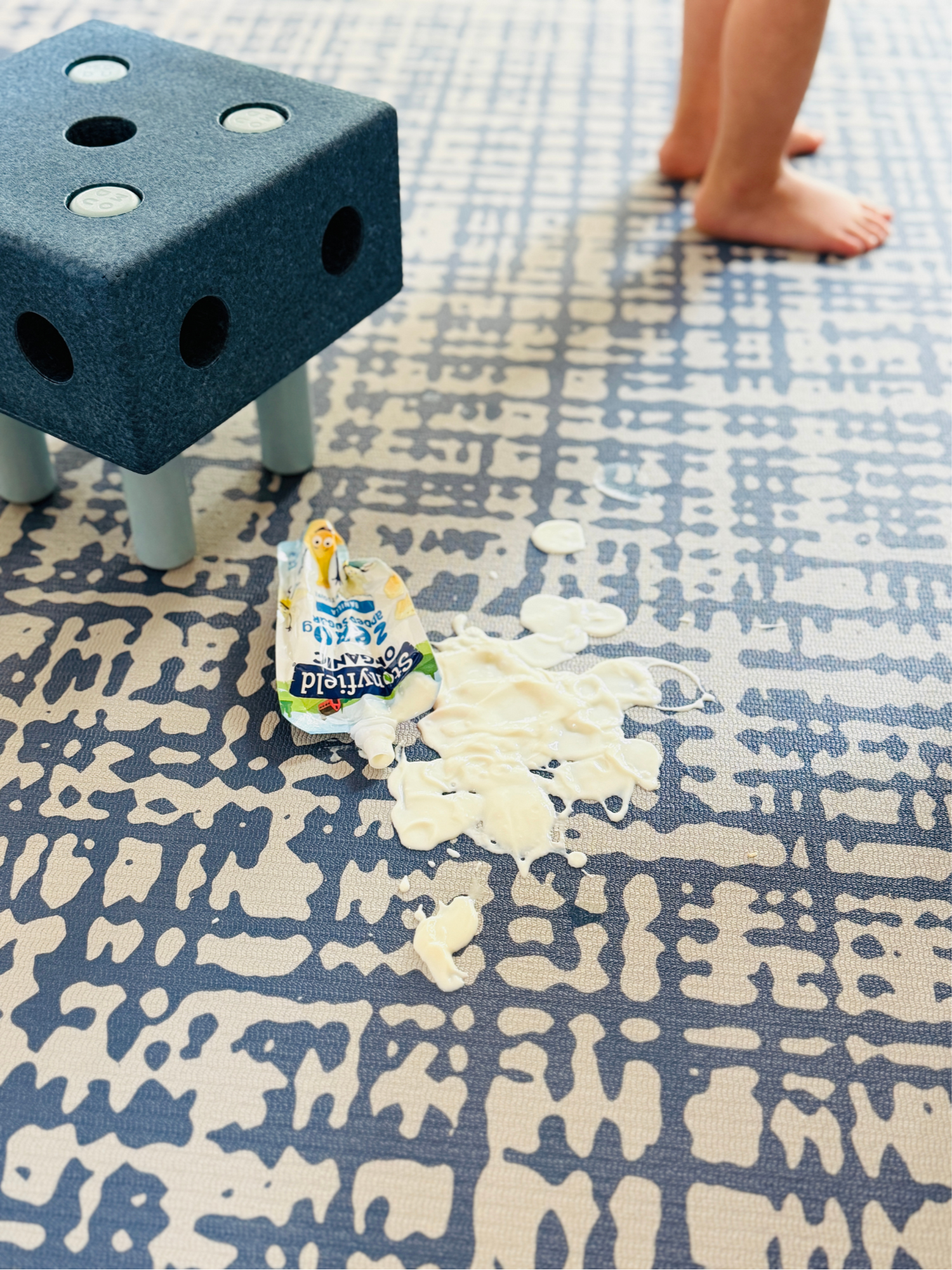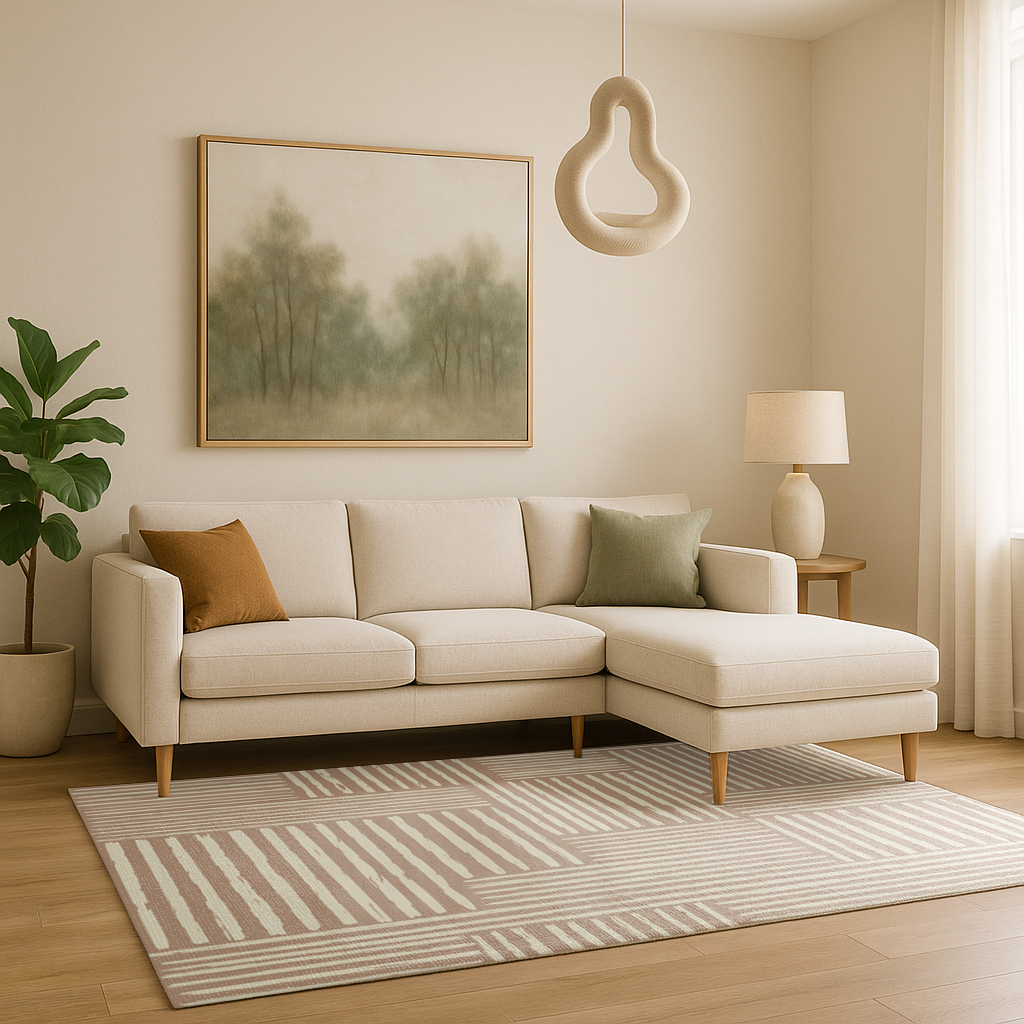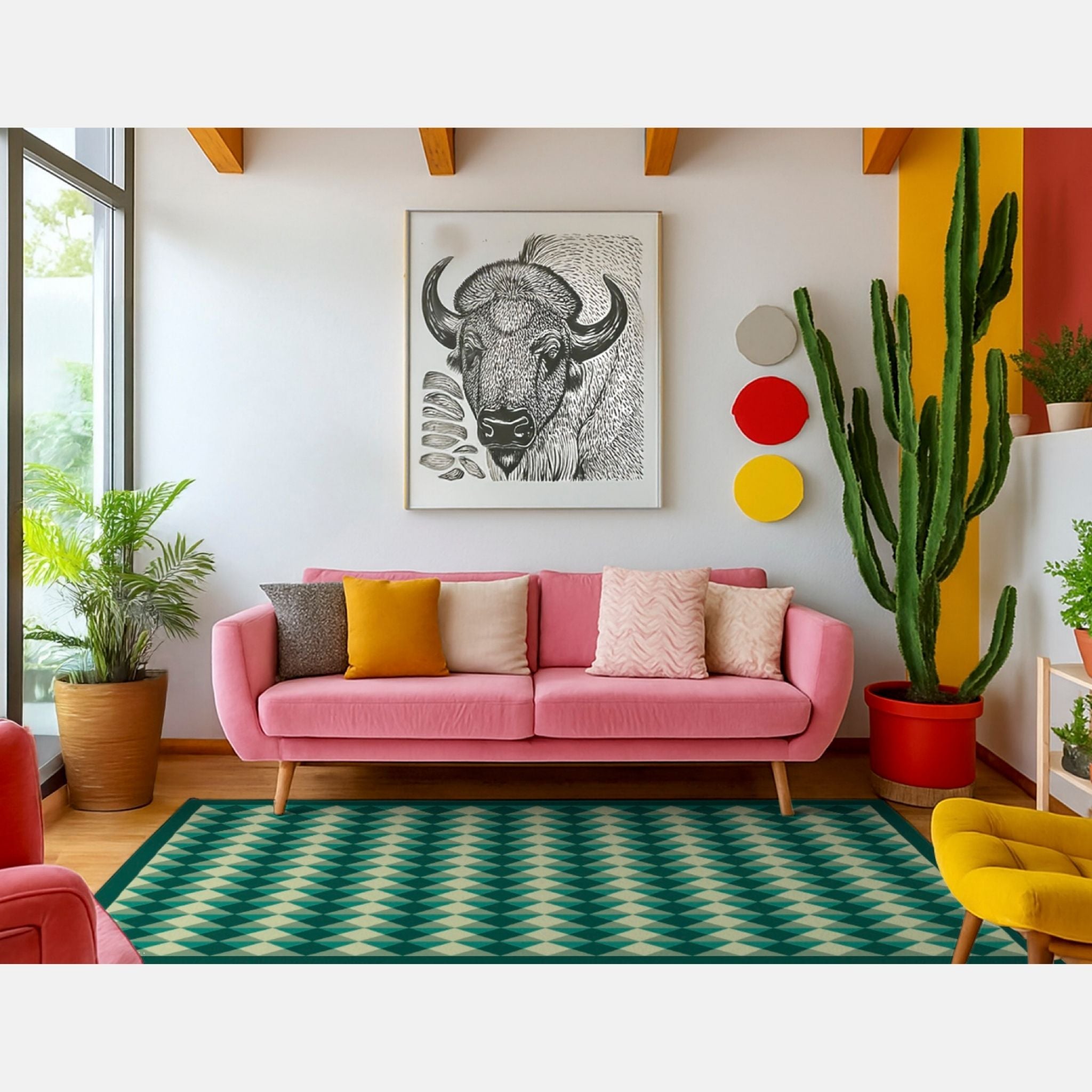Choosing the Right Pilates Mat: What Actually Matters
A mat might seem like a small detail when it comes to Pilates, but anyone who’s practiced regularly knows how important it is. Whether you're doing classical mat work or mixing in contemporary flows, your Pilates mat plays a big role in how your body feels during and after a session.
As an instructor, I get asked all the time: "Can I just use my yoga mat for Pilates?" The short answer? Sometimes. But not always. Here's why the right mat matters and what to look for if you're ready to upgrade.
Support for Your Spine and Joints
One of the key differences between a yoga mat and a Pilates mat is thickness. Pilates movements often involve rolling through the spine, lying on your back for extended periods, or supporting your body weight on your tailbone or hips. A mat that’s too thin can leave you feeling sore or unsupported.
The best Pilates mats have just enough cushion to protect your back and joints without throwing off your balance. You want something firm enough for stability during legwork and core exercises, but cushioned enough that you're not dreading roll-ups or teaser holds.
Stability Over Stickiness
Grip is important, but it’s a little different from yoga. You don’t need heavy traction on your hands and feet the way you would in downward dog. Instead, look for a mat that stays firmly in place on the floor and gives you enough surface grip to move through exercises without sliding.
Mats that bunch or move can be distracting, and in some cases, unsafe, especially for beginners who are still building core control. A mat that lays flat and stays put helps keep your focus on the movement, not on adjusting your setup.
Size and Space to Move
A standard yoga mat is often about 68 inches long, which is fine for stretching or light movement. But many people find that Pilates routines ask for a bit more room, especially for exercises like rollover, jackknife, or standing leg work.
If you're taller, or just want a little breathing room, look for an extra-large mat. Having a longer and wider surface can make your practice feel more comfortable and fluid, especially if you’re flowing through sequences at home.
Easy to Clean
Pilates might not get quite as sweaty as a HIIT session, but a mat still needs to be easy to wipe down. Whether you’re in a studio or at home, a quick cleanable surface keeps your space feeling fresh and helps extend the life of your mat.
Closed-cell surfaces that repel moisture and resist buildup are ideal. They’re more hygienic and less likely to absorb odor over time.
Safe Materials Matter
When you’re lying face down on a mat, you’re often breathing close to the surface. If you're spending time on your back, hands, or knees, you're in constant contact with the material. That’s why it’s worth choosing a mat made from non-toxic, certified-safe materials.
Look for mats that are free from harmful chemicals like phthalates and BPA, and check for certifications related to emissions or indoor air quality when possible. A safe mat makes your space more welcoming, especially if you share it with kids or pets.
Final Thoughts
A great Pilates mat won’t make or break your practice, but it will make it more comfortable, more consistent, and more enjoyable. When you don’t have to adjust for discomfort or feel distracted by a sliding mat, you’re more likely to stay focused and connected to your body.
Whether you're brand new to Pilates or returning to your mat after time away, finding the right one is a small but powerful way to support your routine.
Click here to shop Pilates mats that will elevate your space.























